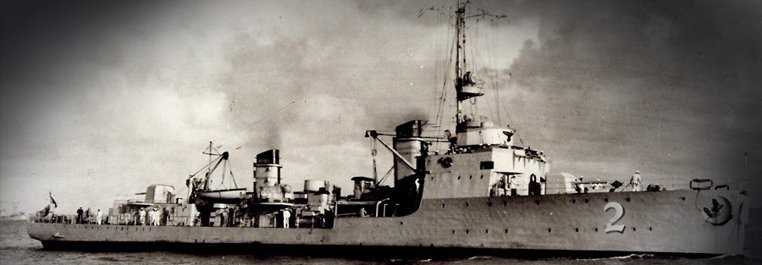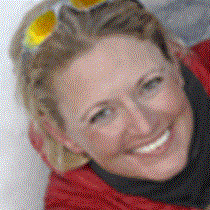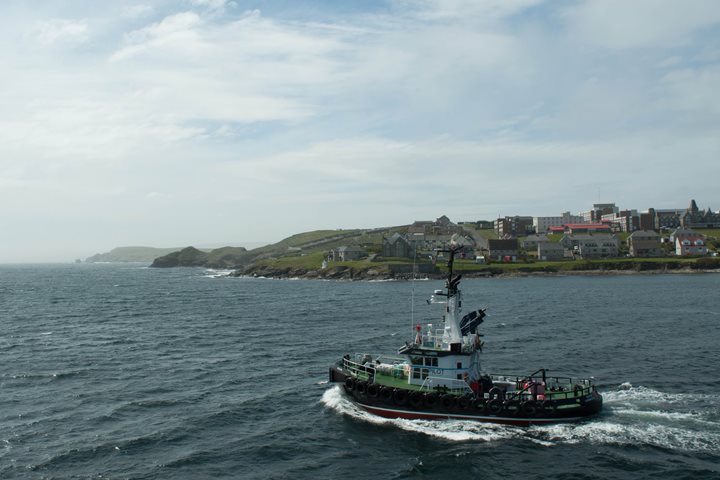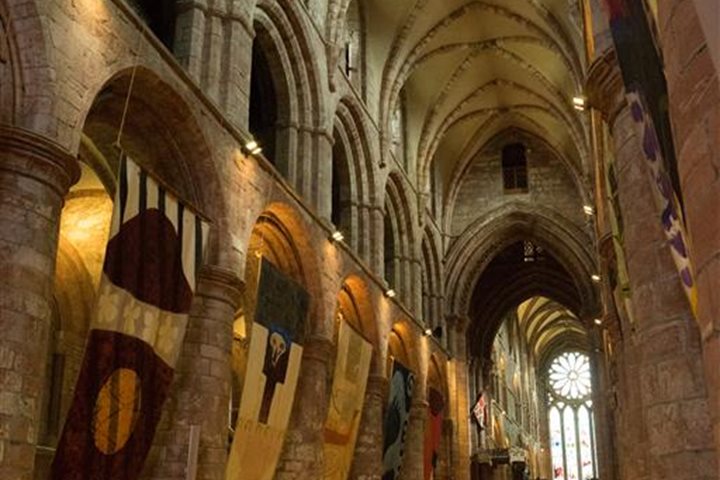Orkney, also known as the Orkney Islands, is an archipelago in northern Scotland comprising of 70 islands, of which 20 are inhabited. The name "Orkney" dates back to the 1st century BC or earlier, and the islands have been inhabited for at least 8,500 years. Originally occupied by Mesolithic and Neolithic tribes and then by the Picts, Orkney contains some of the oldest and best-preserved Neolithic sites in Europe, and the "Heart of Neolithic Orkney" is a designated UNESCO World Heritage Site. But I won’t ruin the surprise of what our guests saw and what the Orkneys offer on land – one can read all about the Orkney Islands in this August’s National Geographic Magazine, with a fantastic article featuring our own onboard National Geographic Photographer Jim Richardson.
Instead let me concentrate on what lies below the water surrounding the Orkneys, as we can never truly get the whole picture of the world unless we experience what is under the sea on which we sail.
Today was a treat for the undersea team, as we were able to head across Mainland Island and dive Scapa Flow. Scapa Flow is a relatively sheltered body of water surrounded by five of the Orkney Islands, creating one of the great natural harbours/anchorages of the world, and pertinent to this Daily Expedition Report it is a fantastic place to house a navy. Viking ships anchored in Scapa Flow more than 1,000 years ago, but it is best known as the site of the United Kingdom's chief naval base during World War I and World War II.
Following the German defeat in WWI, 74 ships of the Kaiserliche Marine's High Seas Fleet were interned in Gutter Sound at Scapa Flow pending a decision on their future in the peace Treaty of Versailles. On 21 June 1919, after nine months of waiting, Rear Admiral Ludwig von Reuter, the German officer in command at Scapa Flow, made the decision to scuttle the fleet because the negotiation period for the treaty had lapsed with no word of a settlement. After waiting for the bulk of the British fleet to leave on exercises, he gave the order to scuttle the ships to prevent their falling into British hands. Of the 74 ships, 52 went to the bottom of the sea that day, and although many were salvaged in the 1920’s, there are still a number that are available to dive.
Ships can make wonderful natural reefs, and the life that was found on the two wrecks of S.M.S Karlsruhe II and S.M.S F2 respectively, was astounding. Plumose Anemones, with Spider Crabs scampering between lined the deteriorating decks. Schools of young fish find shelter amongst the davits and guns, while larger fish lurk in the dark spaces within, occasionally coming out to take a glance. But in the end it is the history that is hidden under this significant body of water that has the most profound affect, and that we will be able to show to the guests onboard National Geographic Explorer to further enrich their experience of the Orkney Islands.







